- Home
- Clive Cussler
The Storm nf-10 Page 6
The Storm nf-10 Read online
Page 6
“That’s why I have to do something,” she pleaded. “To take my mind off it.”
Kurt had no choice but to be blunt. “In my experience, you’re going to be unstable whether you have something to do or not. That can have an effect on the whole team. I’m sorry, but I can’t have someone like that tagging along for the ride.”
“Fine,” she said. “But plan on seeing me out there anyway because I’m not going to sit around and grieve.”
“What are you saying?”
This time she was blunt. “If you won’t let me help, I’ll continue to investigate on my own. If my search messes yours up, I guess that’s just too bad.”
Kurt exhaled. It was hard to be angry with someone who’d lost a family member, but she was pushing him toward it. He guessed she meant every word. The problem was, she had no idea what she was getting into.
The doctor walked in carrying the X-ray films. “You are going to be okay, Ms. Tanner. Your arm is only bruised, not broken.”
“You see,” she said to Kurt, “I’m tough.”
“And lucky,” he replied.
“Nothing wrong with having luck on your side.”
The doctor stared blankly, confused at the conversation he’d walked in on. “I also think luck is a good thing.”
“You’re not helping,” Kurt mumbled.
He was trapped. He could hardly dump her off on her own after what just happened. Nor could he have her locked up for her own good or deported back to Hawaii, where she might be safe. It left him only one choice.
“Fine,” he said.
“I won’t cause any trouble,” she said.
He smiled at her through gritted teeth. “But you already are,” he assured her.
Twenty minutes later—to the horror of the medical staff—Kurt helped Leilani climb onto the damaged Vespa. With far more caution than his first trip on the machine, he rode her back to the other side of the island.
They arrived intact. Kurt promised the stricken guard that his scooter would be repaired or replaced by NUMA and offered his watch as collateral.
The guard eyed it suspiciously. Kurt wondered if he realized the watch was worth twice what a new scooter would cost.
With Leilani at his side, Kurt stepped back on board the catamaran and introduced her to the Trouts.
“And this is Joe Zavala,” he added as Joe came up from below the deck. “Your new best friend and chaperone.”
They shook hands.
“Not that I’m complaining,” Joe said, “but why am I her new best friend?”
“You’re going to make sure nothing happens to her,” Kurt said. “And, more important, that she doesn’t cause any problems for the rest of us.”
“I’ve never been the chaperone before,” Joe said.
“First time for everything,” Kurt said. “Now, how are we doing?”
“Power’s back up,” Joe said. “Battery is pretty low, but the solar panels and the wind turbine are carrying the load.”
“Did we find anything?”
Paul spoke first. “Once Joe got the power back on, I was able to access the tracking mode on the GPS. They kept to a westerly course until a little after eight p.m. on the last night they reported in. Then the course and speed become erratic.”
“Any idea why?”
“We think that’s when the incident occurred,” Paul said. “The sail was partially burned in the fire. Losing its shape would change the boat’s profile and speed. Looks like it began to drift.”
“Where were they when this happened?”
“About four hundred miles west-southwest of here.”
“What else?”
“Nothing out of the ordinary on the ship’s log or in any of their notes or computer files,” Paul said. “But Gamay found something of interest, as usual.”
Kurt turned to Gamay.
She held up a glass beaker with an inch of charcoal-colored water in it.
“This is the residue left behind by the fire. I mixed it with distilled water. In most cases, soot is primarily carbon. And while there’s plenty of that in this sludge, it’s also carrying a strange mix of metals: tin, iron, silver, even trace amounts of gold. And a strange speckling that’s quite hard to see.”
Kurt looked closely at the water in the beaker, there was an odd, almost iridescent shimmer to it.
“What’s causing it?”
Gamay shook her head. “None of my equipment was strong enough to tell us. But they had a microscope on board. Once Joe got its power on, we photographed the samples. Whatever it is, it’s moving.”
“Moving?” Kurt repeated. “What do you mean moving?”
“It’s not inert,” she said. “The carbon and the residue are still, but something on or within the residue is still active. Whatever it is, it’s so small, we can’t make it out under a microscope.”
The news seemed to make Leilani uncomfortable. Kurt thought about tabling the discussion for later, but this was the deal: it was going to be uncomfortable, and if she couldn’t handle it, now was the time to realize that.
“Are we talking about a bacteria or some other microorganism?” Kurt asked.
“Could be,” Gamay said. “But until we get a closer look, all we can do is guess.”
Kurt considered this. It was strange, but it didn’t really tell them anything. For all they knew, whatever they’d found in this residue had been deposited on the boat after the fire.
“Could this strange discovery, whatever it is, have caused the fire?” he asked.
“I tried to burn it,” Gamay said. “The residue isn’t flammable. It’s oxidized carbon and metals.”
“If that’s not the cause, then what was?”
Gamay looked to Paul, who looked at Joe. No one wanted to deliver the bad news.
Joe finally spoke up. “Gasoline fire,” he said somberly. “And we can’t find either of the five-gallon tanks they had listed on the manifest.”
Kurt’s mind put the facts together quickly. “The crew set the fire.”
Joe nodded. “That’s our guess.”
Gamay turned toward Leilani as if to make sure she was okay. “I’m so sorry,” she said.
“It’s okay,” Leilani replied. “I’m okay.”
“Why would anyone light a fire on their own boat?” Kurt asked.
“Only two reasons we can come up with,” Gamay said. “Either it was an accident or something on the boat seemed more dangerous than setting a fire.”
“The residue,” Kurt guessed, “and whatever’s inside it. You guys think they were fighting that?”
“I’m not really sure what to think,” Gamay insisted. “I honestly don’t see how it could have presented such a danger, but Paul and I have an appointment with a professor at the university here in an hour to get a better look at whatever’s in this sample. Maybe that’ll tell us more.”
“All right,” Kurt said. He looked to his wrist to check the time and then remembered his watch was in hock.
“What time you got?”
“Four-thirty,” Gamay said.
“Okay,” he said, “Joe and I will take Leilani back to the hotel. We’ll check in with Dirk and wait for you guys. Go see your professor, but be careful.”
CHAPTER 9
PAUL AND GAMAY TOOK A BUS FROM THE WATERFRONT TO the Maldives National University. It pulled to a halt at Billabong Station, and the two Americans stepped off the bus with a group of students as if they were attending night school.
“Ever want to go back to the university?” Gamay asked.
“Only if you go with me and let me carry your books,” he replied.
She smiled. “Might have to consider that.”
They made their way inside. The National University courses ran the gamut from traditional Sharia law to engineering, construction and health care. Its maritime engineering curriculum was widely known to be excellent, perhaps spurred on by the low-lying nation’s desire to prevent the rising seas from drowning it.
; A colleague at the maritime school, who was familiar with NUMA, received Paul and Gamay. He introduced them to a female faculty member in a purple sari, Dr. Alyiha Ibrahim, a member of the sciences department.
“Thank you for seeing us,” Gamay said.
She took Gamay’s hand in both of hers. “In the ocean, like in the desert, travelers in need are not turned away,” she said. “And if there is a danger to Malé in what you have found, I would not only be selfish to ignore you, I would be a fool.”
“We don’t know if there’s any danger,” Gamay insisted, “just that something has gone wrong, and this may help us determine the cause.”
Dr. Ibrahim smiled, the mauve color of her wrapping highlighting the green tone in her eyes. “Then let’s not waste any time.”
She led them to a laboratory room. The scanning microscope was set up and ready to operate. A panel showed all systems green.
“May I?” Dr. Ibrahim asked.
Gamay handed her the vial and she drew out a sample. With great precision she placed it on a special tray and slid it into the scanning compartment.
A few minutes later the first photos came up on the screen.
The image was so strange, it caused each of them to pause. Gamay squinted, Paul stood with his mouth slightly open, and Dr. Ibrahim adjusted her glasses and leaned closer.
“What is that?” Paul asked, staring at the monitor.
“They look like dust mites,” Gamay said.
“I’m not sure what they are,” Dr. Ibrahim said. “Let me try increasing the magnification.”
The bulky electron microscope whirred and took another scan. As the second picture emerged on the screen, their surprise only deepened.
Dr. Ibrahim turned to Paul and Gamay. “I don’t know what to tell you,” she said. “I’ve never seen anything like this in my life.”
WITH PAUL and GAMAY at the university and Joe watching over Leilani, Kurt went through the personal effects of the missing crewmen. It felt wrong somehow, like picking over the bones of the dead, but it had to be done if just on the chance there was some clue hidden in them.
After an hour of working that thankless task, he was ready for it to be over. He found nothing to help him but at least one item that might be helpful to Leilani: a printed photo of the crew, her brother front and center, filled with joy, as if the world were his oyster.
He put the crew’s effects away and stepped out into the hall with the photo in hand. One door down he found the suite he’d booked for Joe and Leilani. It was divided into two adjoining rooms, but to reach the second room one had to make it past the first.
He knocked, heard nothing, and knocked again.
Finally the handle turned. Leilani’s face appeared, framed by the door, and it hit him just how strikingly beautiful she really was.
“Where’s your bodyguard?”
She opened the door wider. Joe was sound asleep on his bed, snoring softly, still in his clothes and even his shoes.
“Top-notch security,” she said. “Nothing gets past him.”
Kurt tried not to laugh. It had been a thirty-hour day for Joe. Even if his animal magnetism didn’t have an off switch, apparently the rest of Joe did.
Kurt slipped inside. Leilani closed the door gently and padded silently across the carpet in bare feet, black yoga pants, and a green T-shirt.
Kurt followed her to the adjoining room, which had the shades drawn and the lights dimmed.
“I was meditating,” she said. “I feel so out of touch with any kind of balance right now. One minute I’m angry, one minute I want to cry. You were right, I’m unstable.”
Funny thing, she seemed okay to him. “I don’t know, you seem to be hanging in there.”
“I have something to put my mind to now,” she said. “Finding out what happened. I have you to thank for that, however grudgingly you agreed. Any leads?”
“Not yet,” he said. “So far, all we’ve found are inconsistencies.”
“What kind of inconsistencies?”
“Kimo and the others were looking for temperature anomalies,” he said. “They found them, but not the way they expected. Ocean temperatures are rising all over the world, but they discovered reduced temperatures in a tropical zone. That’s the first odd data point.”
“What else?”
“Strangely enough, reduced ocean temperatures are normally a welcome thing. Cooler temps lead to higher oxygen content in the water and more abundant life. That’s why warm, shallow seas like the Caribbean are relatively barren while the dark, cold sections of the North Atlantic are where the fishing fleets congregate.”
She nodded. And Kurt realized he was going over basic data and conclusions that she would be easily able to make for herself, but they knew so little it seemed best to leave nothing out.
She seemed baffled. “But Kimo told me they were finding lower levels of dissolved oxygen, less krill, less plankton and less fish in the water even as the temperature dropped.”
“Exactly,” Kurt said. “It’s backward. Unless something was absorbing the heat and using up the oxygen as well.”
“What could do that?” she asked. “Toxic waste? Some type of anaerobic compound?”
Ever since he double-checked the numbers, Kurt had been racking his brain for a possible cause. Volcanic activity, red tides, algae blooms—all types of things could result in dead zones and deoxygenated waters, but none of them explained the temperature drop. Upwelling of deep cold water might, but that usually brought abundant nutrients and higher levels of oxygen to the surface, causing an explosion of sea life in the local vicinity.
It was a problem, perhaps even a problem Kimo and the others had been killed for discovering. But it didn’t tell them anything directly.
“I don’t know,” he said. “We’ve gone over everything they sent off, including Kimo’s e-mails to you, just to see if we missed anything. So far, we’ve come up blank.”
A flash of concern appeared on her face. “You looked over his e-mails to me?”
“We had to,” Kurt said. “On the chance he’d inadvertently sent you some vital piece of data.”
“Did you find anything?”
“No,” he said. “I didn’t really expect to. But we can’t leave any stone unturned.”
She sighed, and her shoulders slumped. “Maybe this is too big for us. Maybe we should leave it up to some international organization to investigate.”
“What happened to all that determination from a few hours ago?”
“I was angry. My adrenaline was pumping. Now I’m trying to be more rational. Maybe the UN or the Maldives National Defense Force can handle the investigation. Maybe we should just go home. Now that I’ve met you and your friends, I can’t bear the thought of anyone else being hurt.”
“That isn’t going to happen,” Kurt said. “We’re not leaving this to some agency that has no real interest at stake.”
She nodded her agreement as Kurt’s phone chirped.
He pulled it from a pocket and clicked answer.
It was Gamay.
“Making any progress?” he asked.
“Sort of,” she said.
“What do you have?”
“I’ve sent you a photo,” she said. “A snapshot from the microscope. Pull it up.”
Kurt switched into the message mode on his phone and pulled up Gamay’s photo. In black-and-white but crystal clear, a shape that looked both insectlike and strangely mechanical. The edges of the subject were sharp, the angles perfect.
Kurt squinted, studying the photo. It resembled a spider with six long arms extending forward and two legs at the rear that fanned out into flat paddles shaped like a whale’s tail. Each set of arms ended in different types of claws, while a ridge running down the center of the thing’s back was marked with various protrusions that looked less like spines or barbs and more like the printed wires of a microchip.
In fact, the whole thing looked positively machinelike.
“What is it?”<
br />
“It’s a micronic robot,” Gamay said.
“A what?”
“That thing you’re looking at is the size of a dust mite,” she said. “But it’s not organic, it’s a machine. A micromachine. And if the sample I took is any indication, these same machines are seared into the residue from the fire in great numbers.”
He looked at the photo, thinking about what Gamay had just said. He tilted the phone so Leilani could see. “Four and twenty blackbirds baked in a pie,” he mumbled.
“Try four and twenty million,” Gamay said.
Kurt thought about their earlier conversation and the theory that the crew had set fire to the boat to rid themselves of something more dangerous.
“So these things got on the boat, and the crew tried to burn them off,” he said, thinking aloud. “But how’d they get aboard in the first place?”
“No idea,” Gamay said.
“What are they for?” he asked. “What do they do?”
“No idea on that either,” she repeated.
“Well, if they’re machines, someone had to make them.”
“Exactly our thinking,” Gamay said. “And we believe we know who that might be.”
Kurt’s phone pinged again, and another photo came up. This time it was a page from a magazine article. A photo in the corner showed a businessman stepping out of a gaudy orange Rolls-Royce. His mahogany hair was pulled back into a long ponytail, and bushy beard covered most of his face. His suit looked like a navy blue Armani or some other double-breasted Italian cut.
“Who is he?” Kurt asked.
“Elwood Marchetti,” Gamay said. “Billionaire, electronics genius. Years ago he designed a process for printing circuits onto microchips that everyone uses today. He’s also a huge proponent of nanotechnology. He once claimed nanobots will do everything in the future, from cleaning cholesterol out of our arteries to mining gold from seawater.”
“And these things are nanobots?” Kurt asked.
“Actually they’re larger,” she said. “If you think of a nanobot as a Tonka truck, these things are earthmovers. A similar concept, still microscopic, but about a thousand times bigger.”
Leilani was studying the photo. “So this guy Marchetti is the problem,” she said firmly.

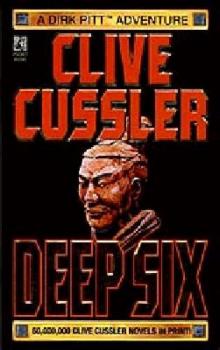 Deep Six
Deep Six Odessa Sea
Odessa Sea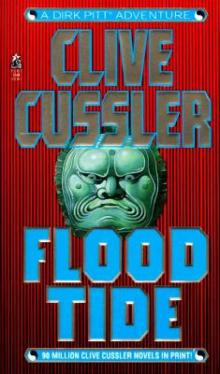 Flood Tide
Flood Tide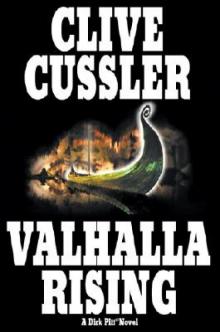 Valhalla Rising
Valhalla Rising Thriller 2
Thriller 2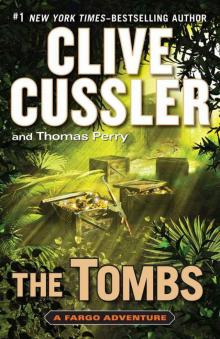 The Tombs
The Tombs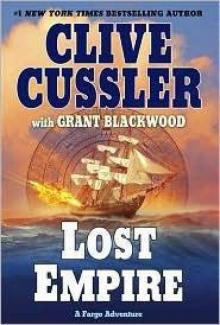 Lost Empire
Lost Empire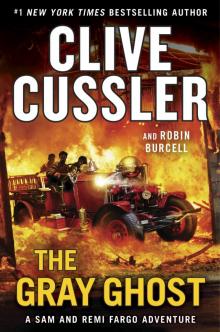 The Gray Ghost
The Gray Ghost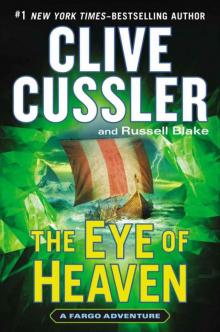 The Eye of Heaven
The Eye of Heaven Polar Shift
Polar Shift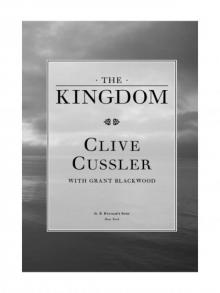 The Kingdom
The Kingdom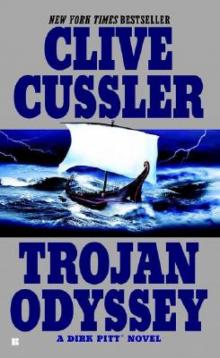 Trojan Odyssey
Trojan Odyssey Shadow Tyrants
Shadow Tyrants Nighthawk
Nighthawk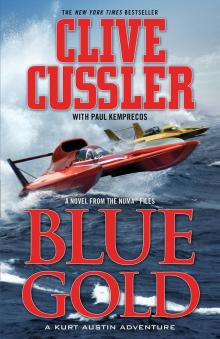 Blue Gold
Blue Gold Serpent
Serpent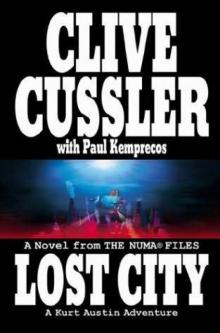 Lost City
Lost City The Gangster
The Gangster White Death
White Death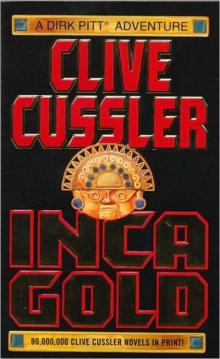 Inca Gold
Inca Gold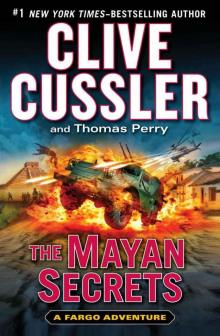 The Mayan Secrets
The Mayan Secrets The Pharaoh's Secret
The Pharaoh's Secret The Emperor's Revenge
The Emperor's Revenge Corsair
Corsair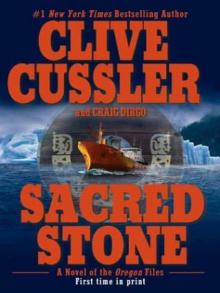 Sacred Stone
Sacred Stone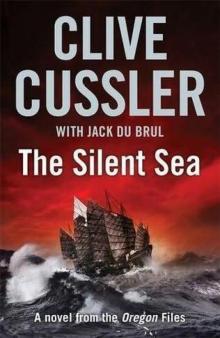 The Silent Sea
The Silent Sea The Rising Sea
The Rising Sea Black Wind
Black Wind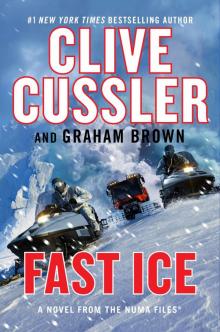 Fast Ice
Fast Ice Ghost Ship
Ghost Ship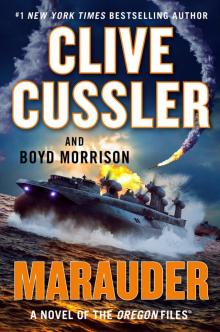 Marauder
Marauder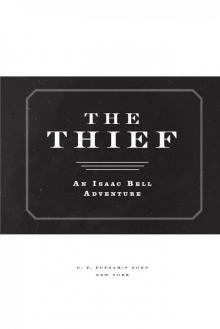 The Thief
The Thief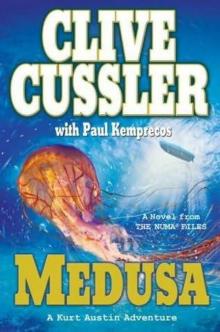 Medusa
Medusa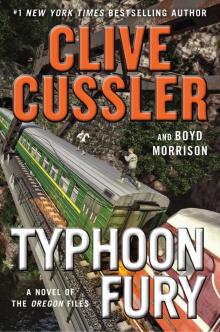 Typhoon Fury
Typhoon Fury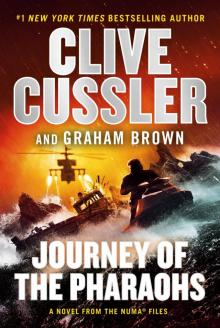 Journey of the Pharaohs
Journey of the Pharaohs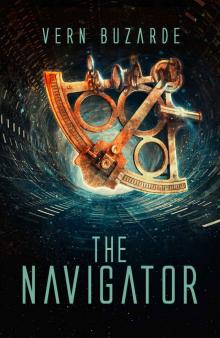 The Navigator
The Navigator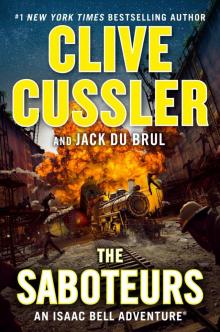 The Saboteurs
The Saboteurs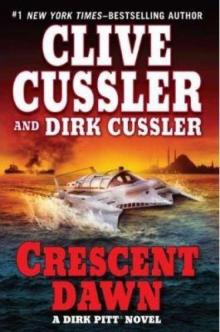 Crescent Dawn
Crescent Dawn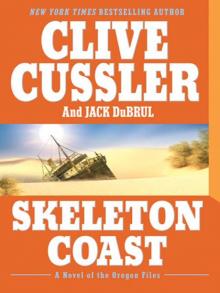 Skeleton Coast
Skeleton Coast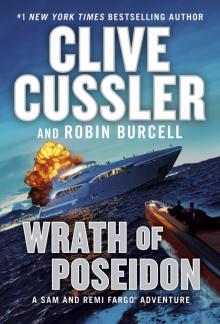 Wrath of Poseidon
Wrath of Poseidon The Mediterranean Caper
The Mediterranean Caper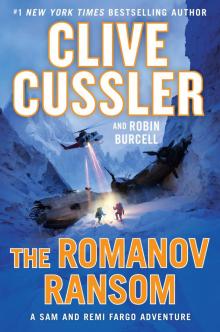 The Romanov Ransom
The Romanov Ransom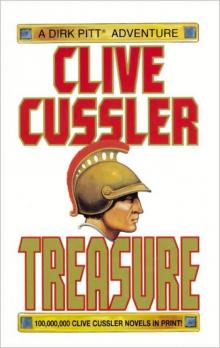 Treasure
Treasure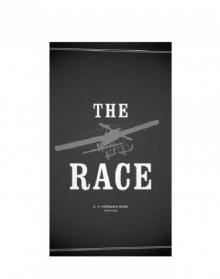 The Race
The Race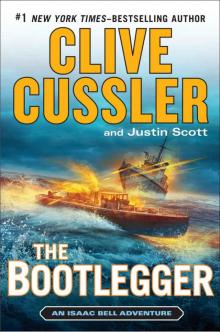 The Bootlegger
The Bootlegger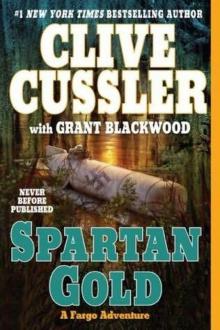 Spartan Gold
Spartan Gold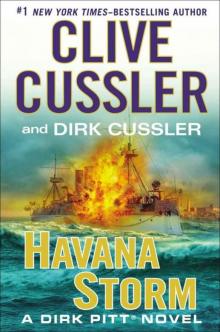 Havana Storm
Havana Storm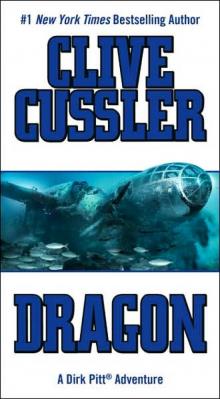 Dragon
Dragon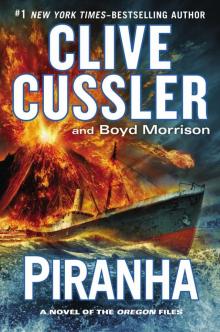 Piranha
Piranha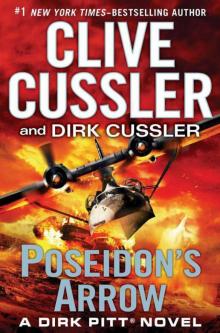 Poseidon's Arrow
Poseidon's Arrow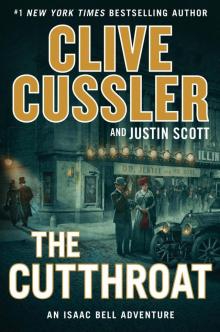 The Cutthroat
The Cutthroat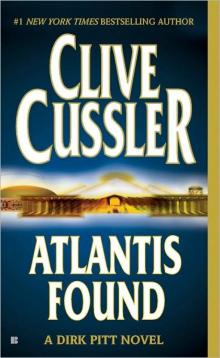 Atlantis Found
Atlantis Found The Jungle
The Jungle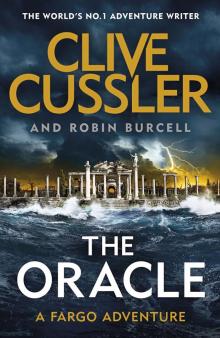 The Oracle
The Oracle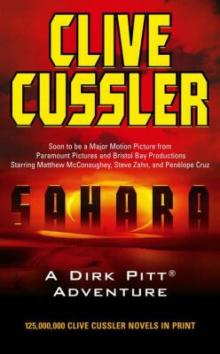 Treasure / Dragon / Sahara: Clive Cussler Gift Set
Treasure / Dragon / Sahara: Clive Cussler Gift Set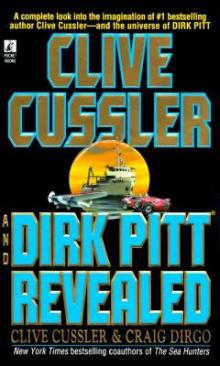 Clive Cussler and Dirk Pitt Revealed
Clive Cussler and Dirk Pitt Revealed The Sea Hunters
The Sea Hunters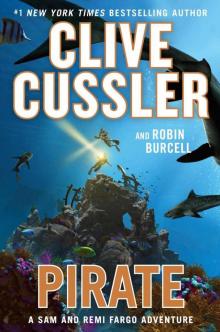 Pirate
Pirate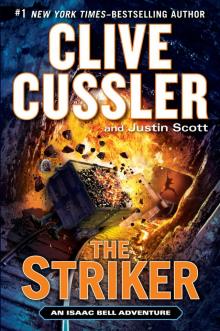 The Striker
The Striker Plague Ship
Plague Ship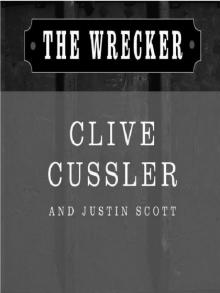 The Wrecker
The Wrecker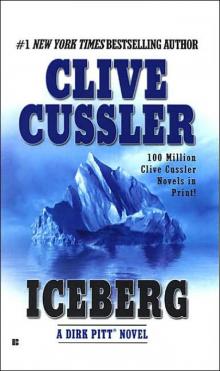 Iceberg
Iceberg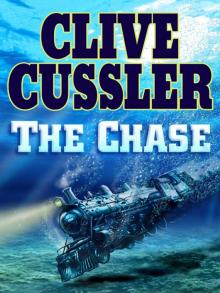 The Chase
The Chase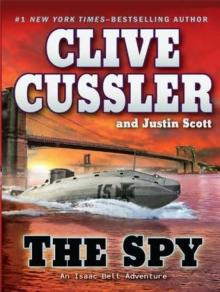 The Spy
The Spy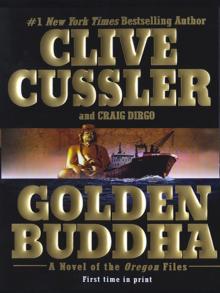 Golden Buddha
Golden Buddha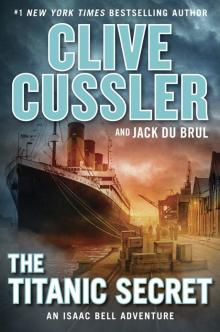 The Titanic Secret
The Titanic Secret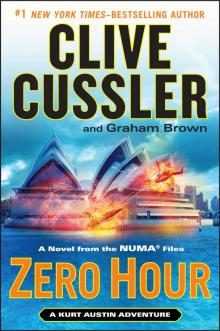 Zero Hour
Zero Hour Fire Ice
Fire Ice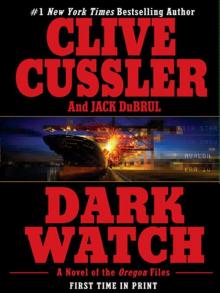 Dark Watch
Dark Watch The Storm
The Storm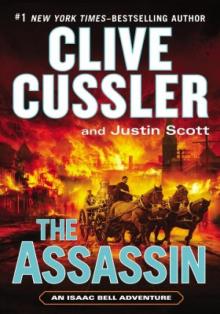 The Assassin
The Assassin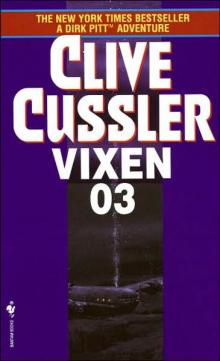 Vixen 03
Vixen 03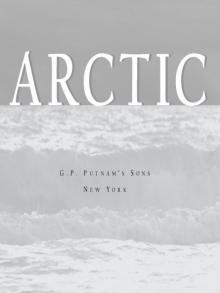 Arctic Drift
Arctic Drift Night Probe!
Night Probe! Cyclops
Cyclops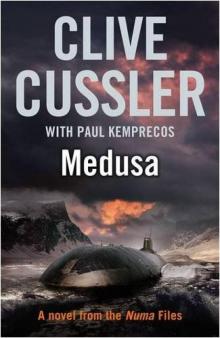 Medusa nf-8
Medusa nf-8 Shock Wave dp-13
Shock Wave dp-13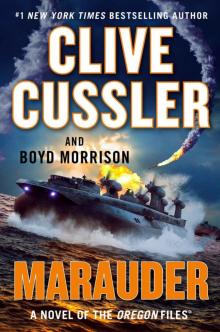 Marauder (The Oregon Files)
Marauder (The Oregon Files)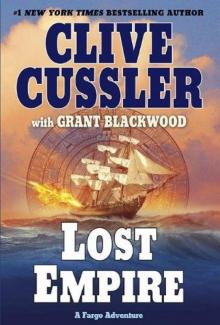 Lost Empire fa-2
Lost Empire fa-2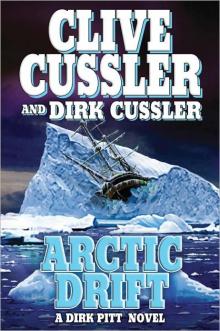 Arctic Drift dp-20
Arctic Drift dp-20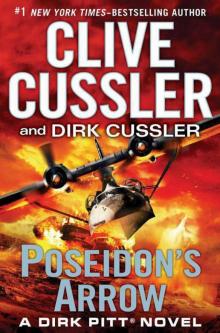 Dirk Pitt 22 - Poseidon's Arrow
Dirk Pitt 22 - Poseidon's Arrow Treasure of Khan dp-19
Treasure of Khan dp-19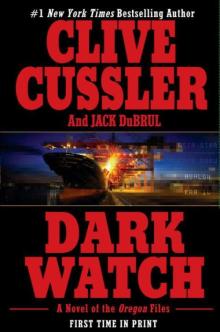 Dark Watch of-3
Dark Watch of-3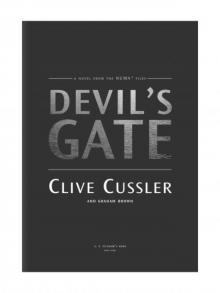 Devil's Gate
Devil's Gate The Sea Hunters II: More True Adventures with Famous Shipwrecks
The Sea Hunters II: More True Adventures with Famous Shipwrecks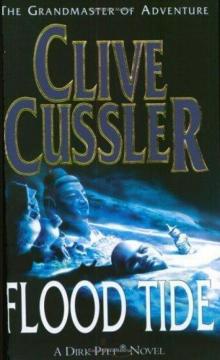 Flood Tide dp-14
Flood Tide dp-14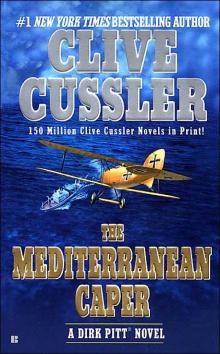 The Mediterranean Caper dp-2
The Mediterranean Caper dp-2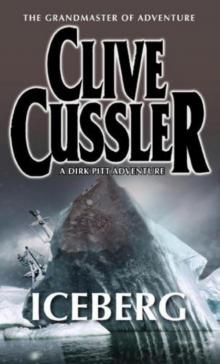 Iceberg dp-3
Iceberg dp-3 Sahara dpa-11
Sahara dpa-11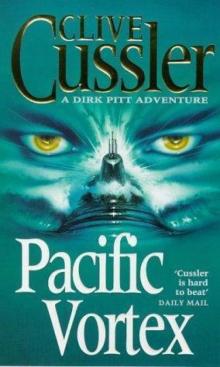 Pacific Vortex! dp-1
Pacific Vortex! dp-1 Deep Six dp-7
Deep Six dp-7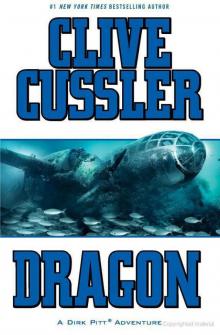 Dragon dp-10
Dragon dp-10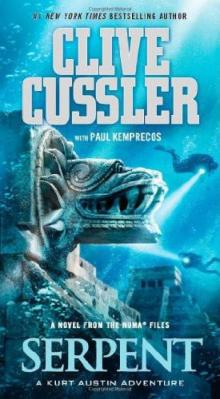 Serpent nf-1
Serpent nf-1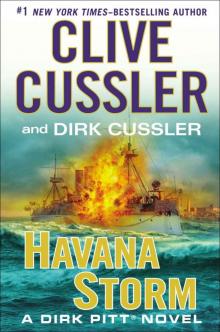 Havana Storm (Dirk Pitt Adventure)
Havana Storm (Dirk Pitt Adventure)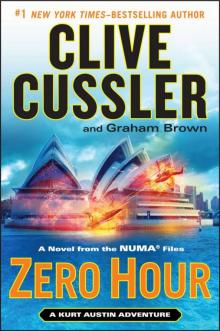 Zero Hour nf-11
Zero Hour nf-11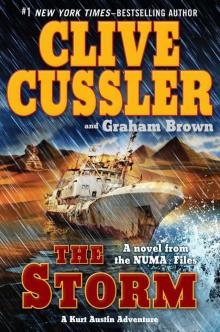 The Storm nf-10
The Storm nf-10 The Thief ib-5
The Thief ib-5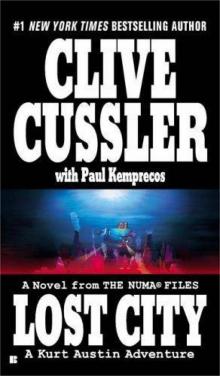 Lost City nf-5
Lost City nf-5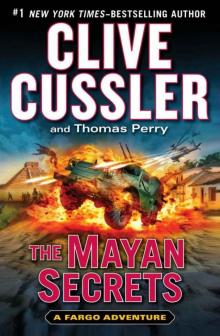 The Mayan Secrets fa-5
The Mayan Secrets fa-5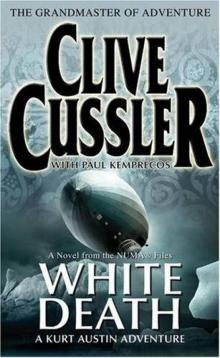 White Death nf-4
White Death nf-4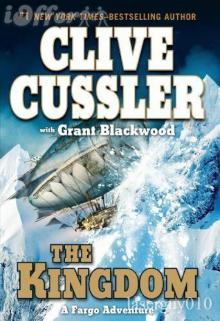 The Kingdom fa-3
The Kingdom fa-3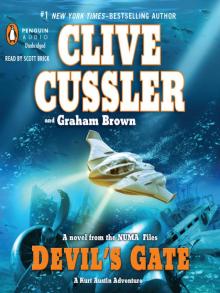 Devil's Gate nf-9
Devil's Gate nf-9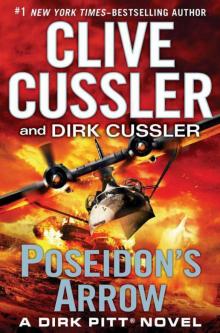 Poseidon's Arrow dp-22
Poseidon's Arrow dp-22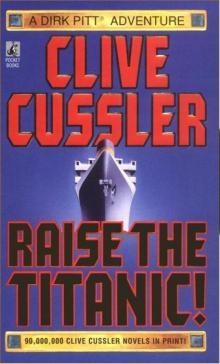 Raise the Titanic dp-4
Raise the Titanic dp-4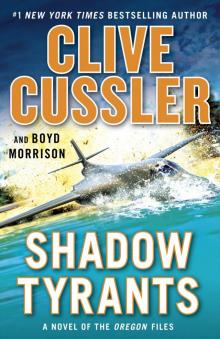 Shadow Tyrants--Clive Cussler
Shadow Tyrants--Clive Cussler Sacred Stone of-2
Sacred Stone of-2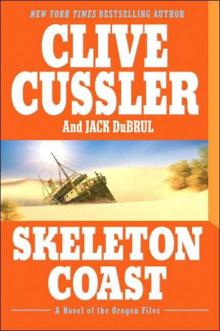 Skeleton Coast tof-4
Skeleton Coast tof-4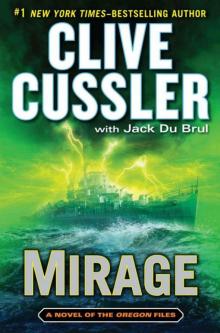 Mirage tof-9
Mirage tof-9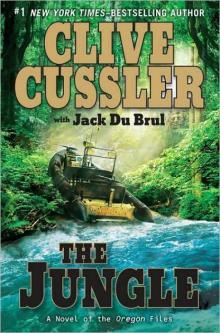 The Jungle of-8
The Jungle of-8 The Emperor's Revenge (The Oregon Files)
The Emperor's Revenge (The Oregon Files)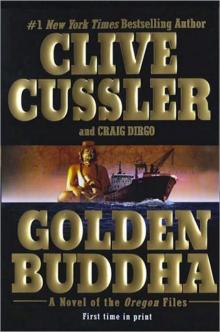 Golden Buddha of-1
Golden Buddha of-1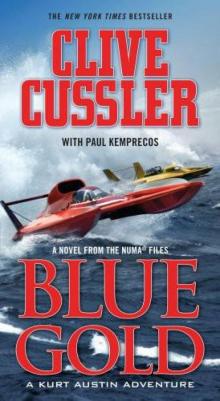 Blue & Gold
Blue & Gold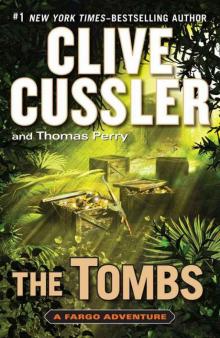 The Tombs fa-4
The Tombs fa-4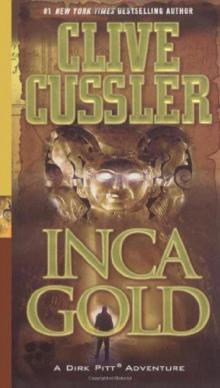 Inca Gold dp-12
Inca Gold dp-12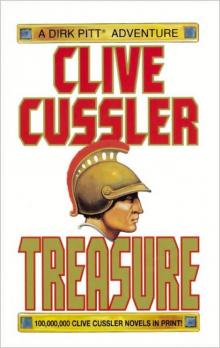 Treasure dp-9
Treasure dp-9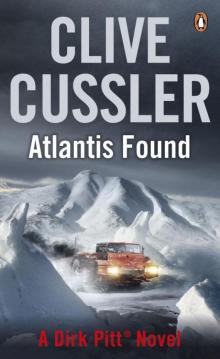 Atlantis Found dp-15
Atlantis Found dp-15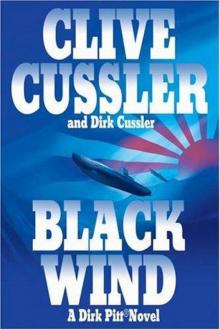 Black Wind dp-18
Black Wind dp-18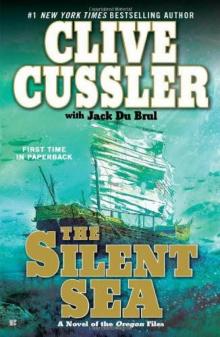 the Silent Sea (2010) tof-7
the Silent Sea (2010) tof-7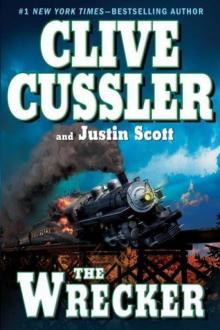 The Wrecker ib-2
The Wrecker ib-2 Fire Ice nf-3
Fire Ice nf-3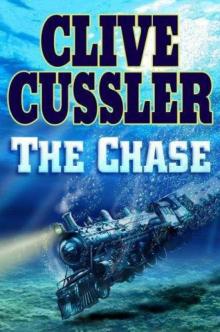 The Chase ib-1
The Chase ib-1 Sahara
Sahara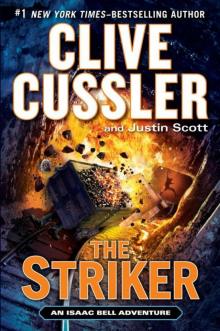 The Striker ib-6
The Striker ib-6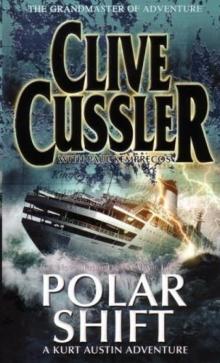 Polar Shift nf-6
Polar Shift nf-6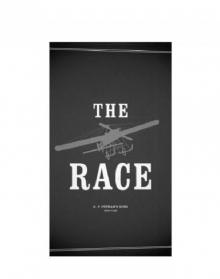 The Race ib-4
The Race ib-4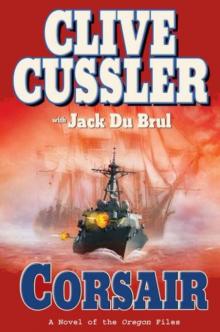 Corsair of-6
Corsair of-6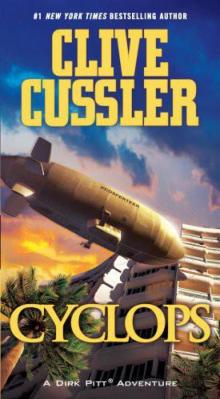 Cyclops dp-8
Cyclops dp-8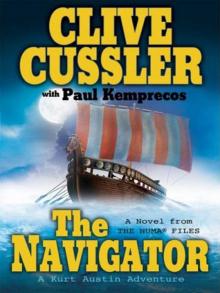 The Navigator nf-7
The Navigator nf-7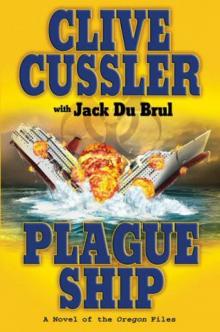 Plague Ship tof-5
Plague Ship tof-5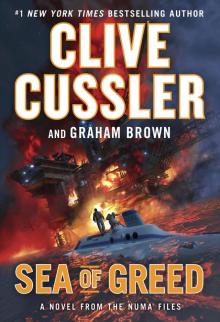 Sea of Greed
Sea of Greed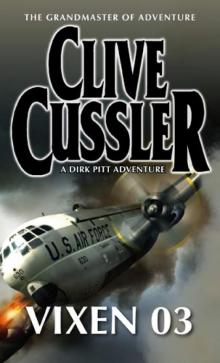 Vixen 03 dp-5
Vixen 03 dp-5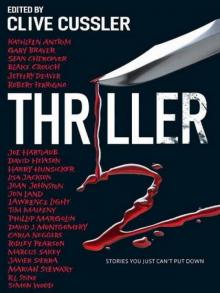 Thriller 2: Stories You Just Can't Put Down
Thriller 2: Stories You Just Can't Put Down